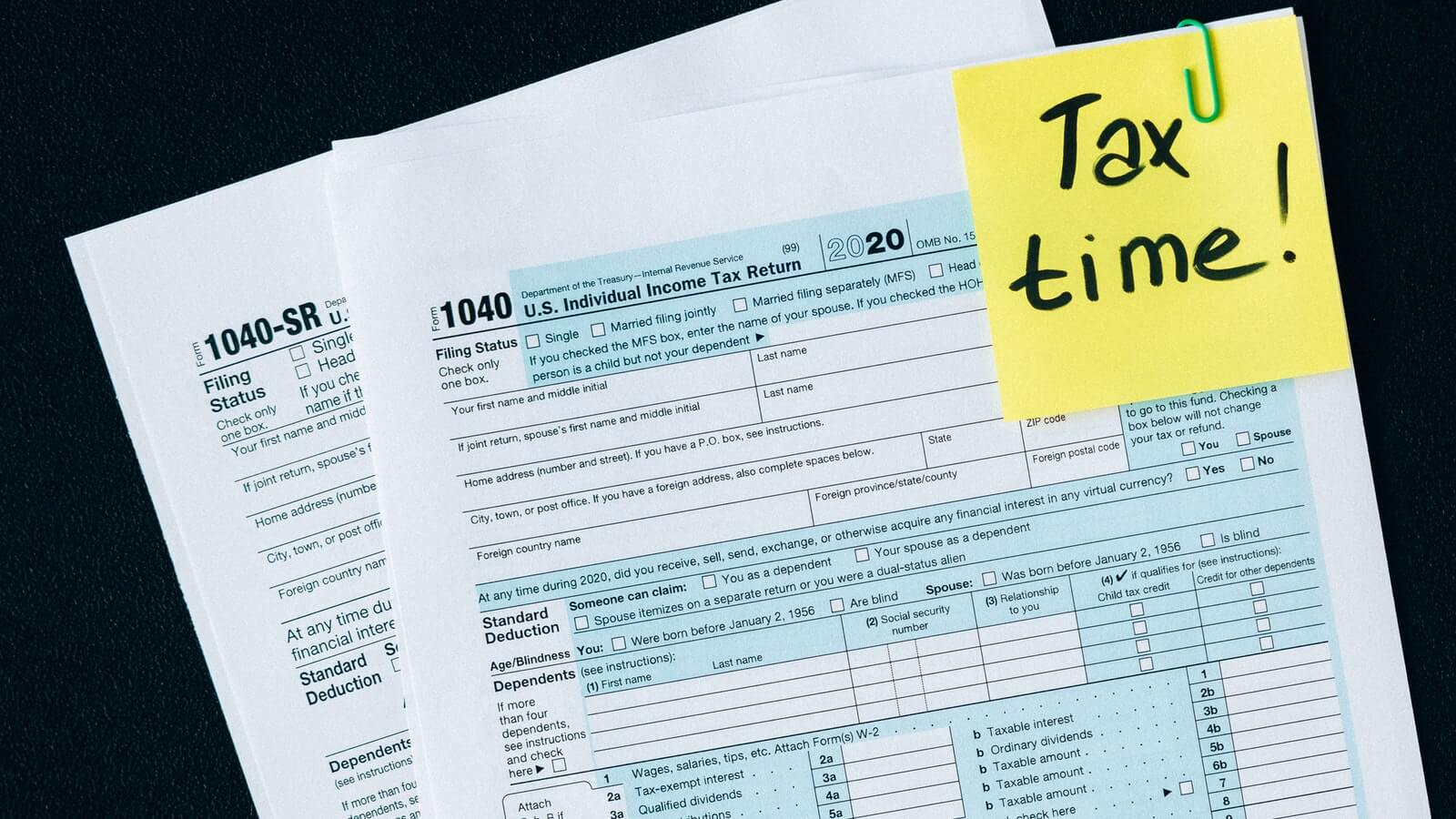As a business owner, you know that details matter—especially when it comes to your official records. A name changes after rebranding, an address update after moving locations, or even a personal legal name change all share one critical requirement: notifying the IRS promptly.
Overlooking this step might seem harmless until you encounter delayed refunds, rejected filings, or important notices sent to old addresses. The IRS operates strictly on the information they have on file, and they don’t cross-reference with other agencies. That means your updates won’t register automatically; it’s on you to make sure they’re informed.
While the process may feel like bureaucratic red tape, a few proactive steps now can prevent months of headaches later. Here’s how to update your information efficiently, whether you’re handling it yourself or partnering with our team to streamline the paperwork.
When does the IRS need to know about my name change?
Timing is everything with the IRS. The moment your name changes become official, whether through state approval for your business or Social Security updates for personal names, you’re on the clock.
Here's what happens if you delay: The IRS will keep sending notices to your old address or under your old name, creating an endless paper trail. It's like having the world's most persistent pen pal—except instead of sharing interesting stories, they only send increasingly urgent demands for attention.
But here are the real consequences:
- E-filed returns get rejected immediately
- Refunds get held for manual verification
- Important notices pile up unseen
The solution is simple: Update your records within 30 days (for personal names) or immediately after state approval (for businesses). One notification now prevents months of unnecessary correspondence later.
What do I need to report to the IRS? Why is it important?
The IRS requires updates for any change to:
- Legal names (business or personal)
- Mailing addresses
Why this can't wait: The IRS cross-checks EINs, SSNs, and names during processing. Outdated information causes:
- Rejected e-files
- System automatically flags name/EIN mismatches (Example: "John Smith LLC" vs. "Smith & Co LLC" = instant rejection)
- Financial delays
- Refund checks mailed to old addresses cannot be forwarded
- Bank loans/credit lines may be denied during IRS verification
- Missed communications
- Audit notices and tax alerts sent to old addresses. Remember: response deadlines still apply, even if you never receive them
How do I inform the IRS of my business’s name change?
When you change your business name, the IRS won't know about it until you tell them—and unlike customers or vendors, they won't accept a simple announcement.
Here are the proper steps to take:
Step 1: Decide If You Need a New EIN
- Keep your existing EIN if only the name changes
- Get a new EIN if ownership structure changes
Check official rules: IRS EIN Guidelines
Step 2: Notify the IRS (Choose One Method)
- Option A: File With Your Next Return
- Option B: Mail a Letter
- Send to your IRS filing center with:
- Business EIN (or SSN for sole props)
- Old & new legal names
- Signed by owner/authorized officer
- Send to your IRS filing center with:
Step 3: Confirm the Update
- Processing takes 4-6 weeks
- Request written confirmation if needed
Note: Sole proprietors must update Social Security records first.
👉Full IRS business name change details
How do I inform the IRS of my personal name change?
Whether you’re recently married, divorced, or legally adopted a new name, here’s how to ensure the IRS recognizes your new identity without delays or complications.
1. Start With Social Security
The IRS cross-references all names against Social Security Administration (SSA) records, making this your first essential stop. Visit your local SSA office or file online at SSA.gov, allowing about two weeks for processing before moving to IRS updates. This simple step prevents 90% of common filing issues down the road.
2. Notify the IRS
You’ve got two straightforward options:
- The automatic route: Simply file your next tax return using your new name. The IRS will update their records during processing.
- The proactive approach: If tax season is months away, mail a signed letter to your IRS filing center. Include your full former and new legal names, Social Security Number, and a copy of legal documentation (like a marriage certificate or court order).
Note: If you receive W-2s or 1099s in your former name, contact the issuers immediately for corrected forms. While you can manually correct these documents when filing, having them reissued prevents unnecessary correspondence.
For married couples keeping separate names, remember: joint filing is absolutely possible, but always use the exact name shown on your Social Security card to avoid processing delays.
3. After Submission
The IRS typically updates records within 3-4 weeks, though they won’t send confirmation unless requested. During this period:
- Keep copies of all submitted documents
- Hold off on filing until the SSA change fully processes
- Consider updating other records (like your driver’s license) to maintain consistency
How do I inform the IRS of an address change?
Moving homes or offices brings enough chaos without worrying whether the IRS has your new address. Yet this simple oversight causes thousands of taxpayers to miss critical mail every year from refund checks to audit notices. Here's how to ensure your documents always reach you.
For Individual Taxpayers
The fastest solution is a 10-minute call to 800-829-1040. Have last year's tax return handy (they'll ask for your prior-year AGI for verification), and your address will update in their system immediately. Prefer paper trail? Use the Form 8822 and mail it to your IRS filing center, though processing takes 4-6 weeks.
For Business Owners
Business address changes require special attention, especially if you operate under multiple entities. Start by calling 800-829-4933 with your EIN and responsible party details. For corporations or partnerships with complex structures, follow up by mailing Form 8822-B—this creates the paper trail you'll want if loan applications or tax credits require proof of notification.
Remember: The IRS doesn't forward mail. That means any correspondence sent to your old address—including certified audit notices—gets returned as undeliverable, while response deadlines continue ticking.
To cover all bases:
- Update addresses separately for each business entity (LLC, trust, etc.)
- Notify payroll providers to align W-2 filings
- Confirm the change by checking your next IRS notice
Download Form 8822 | Form 8822-B
Should you hire a professional to handle your IRS updates?
Navigating IRS paperwork ranks low on most business owners’ lists of enjoyable tasks. Updating your business information—whether it’s a name change, address change, or other key details—is technically a task you can do yourself. But like many administrative responsibilities in business, the real question isn’t just can you do it, but should you?
For entrepreneurs juggling multiple priorities, outsourcing IRS updates often comes down to three key factors: complexity, time, and risk mitigation.
Complex Changes
Multi-state operations, trusts, or businesses with multiple EINs risk missed filings if updates aren’t coordinated across all entities. Professionals ensure every requirement is covered.
Time-Sensitive Needs
IRS hold times and processing delays disappear when a tax pro uses dedicated filing systems and priority phone lines—critical during audits or pending refunds.
Zero-Mistake Priorities
Errors in filings can trigger penalties or compliance issues. Pros cross-check submissions against all registrations, preventing costly oversights.
For busy owners, outsourcing this task often means trading a small fee for guaranteed accuracy and reclaimed productivity.
The bottom line
Updating your IRS records is like reconciling accounts or running system backups - unglamorous but essential maintenance. Miss a step, and you'll face costly clean-up later.
Remember these non-negotiables:
- File within 30 days of any legal change
- Verify acceptance before your next tax filing
- Maintain an audit trail of all submissions
And remember, there's no need to battle IRS paperwork alone. Our team specializes in making these updates seamless - we'll handle the filings, confirm the changes, and keep your records audit-ready. Consider this one less administrative task on your plate.








